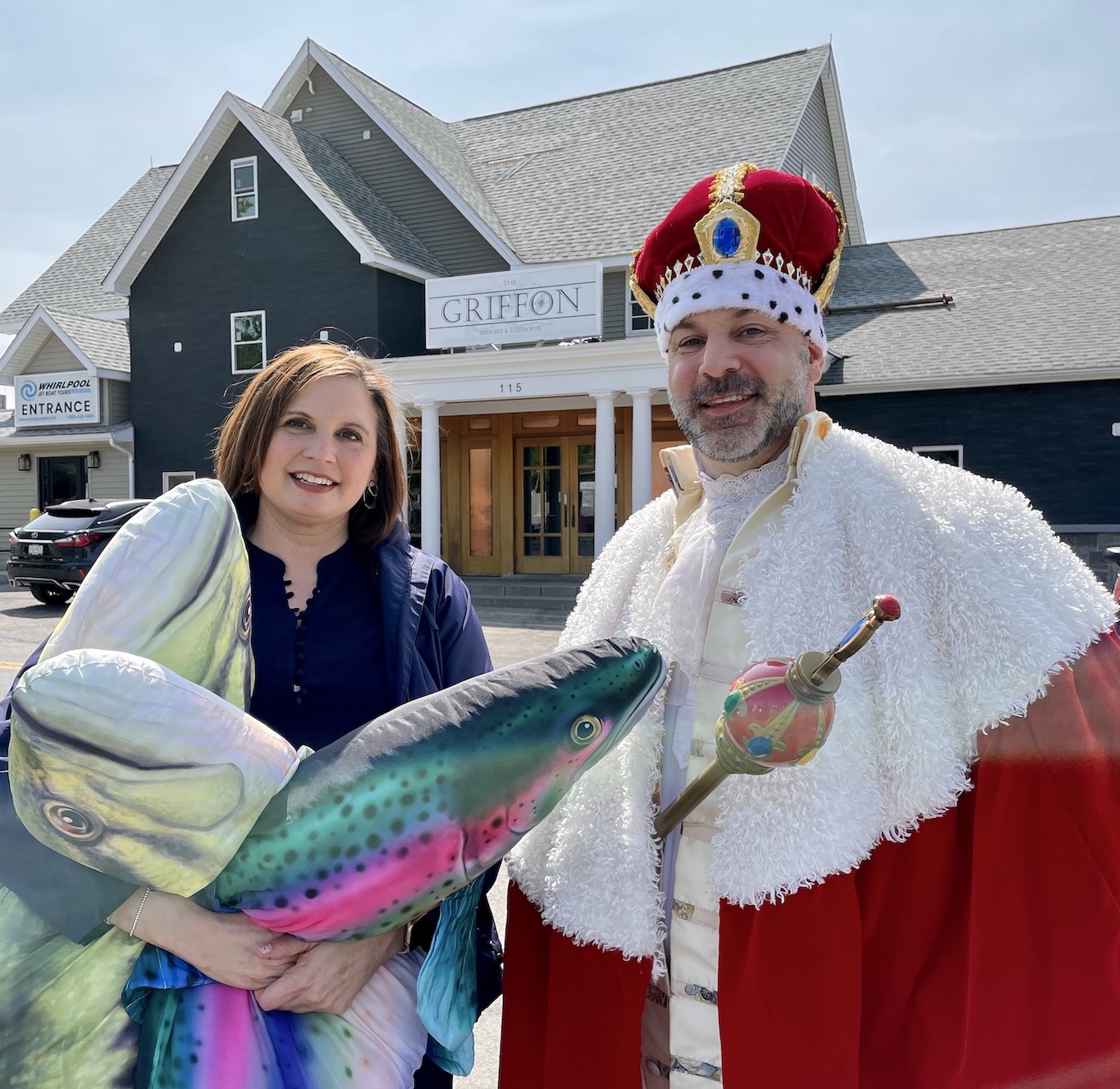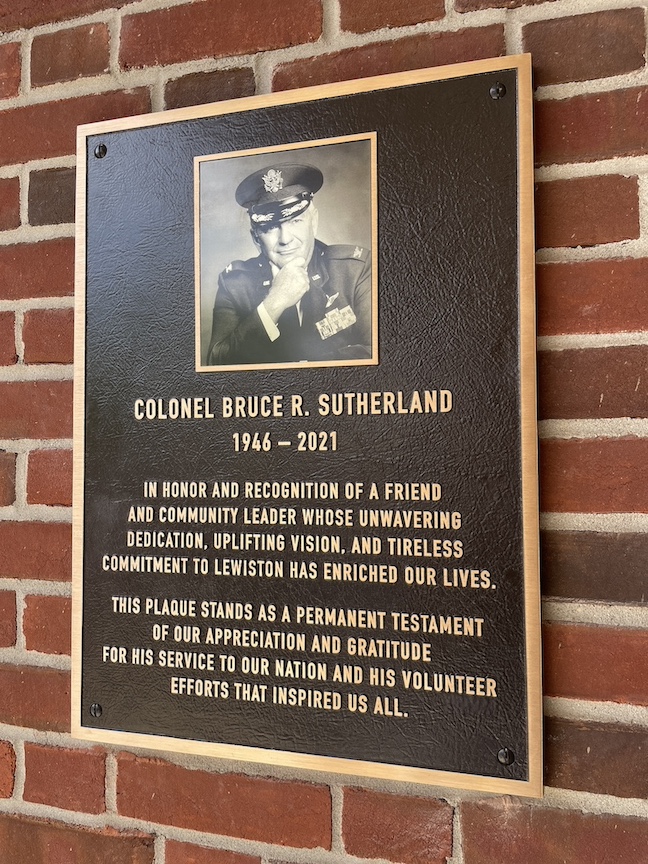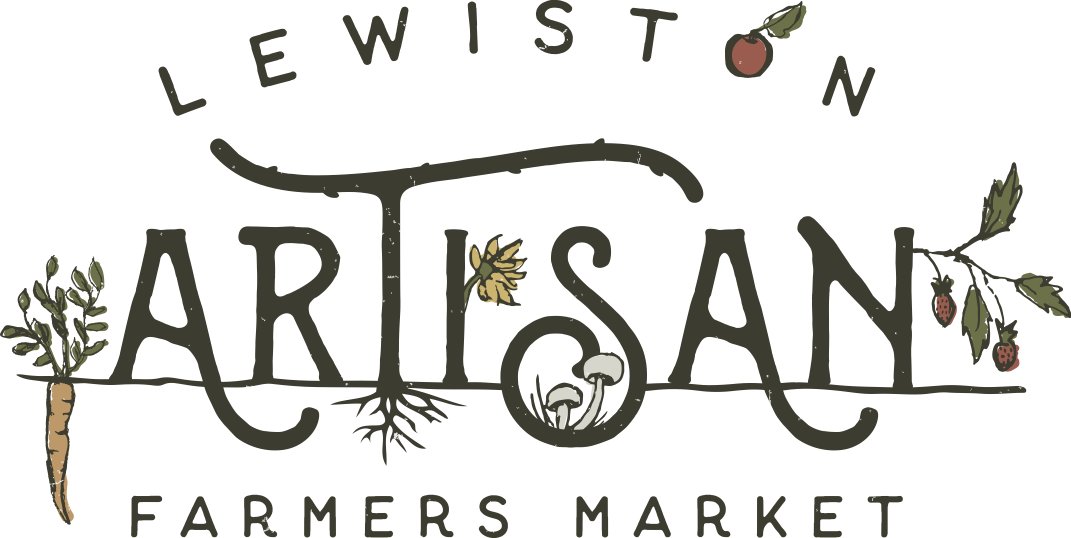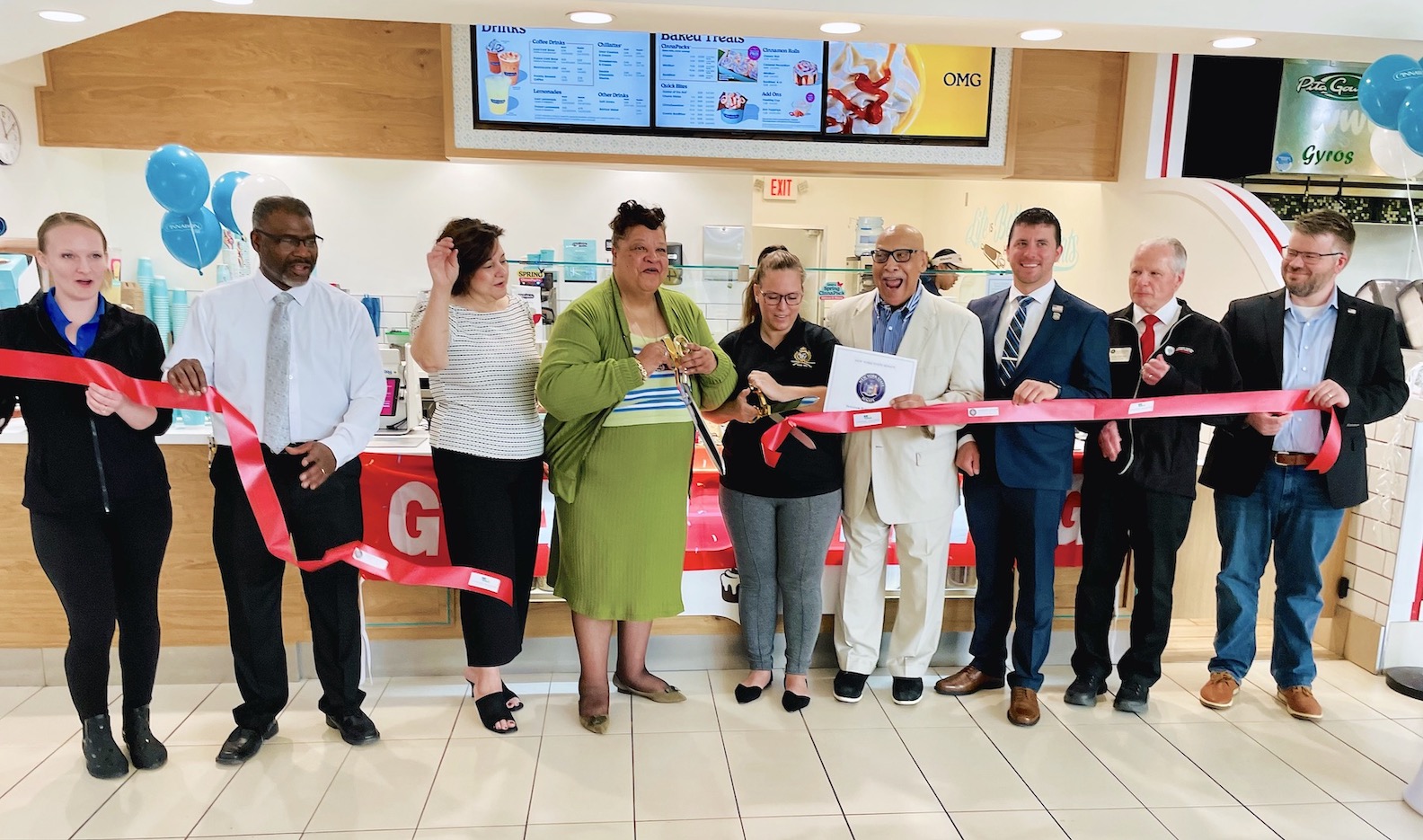Featured News - Current News - Archived News - News Categories
Conductive ink startup spun out from university’s Business and Entrepreneur Partnerships office
By the University at Buffalo
Brian Bischoff believes in copper ink.
Copper is more abundant and cheaper than the silver that currently dominates the multibillion-dollar conductive ink market. It’s also what’s traditionally been used in electronics for the last century.
Yet Bischoff says he never would have founded his copper ink startup, Copprium Inc., without the University at Buffalo.
Not only was Copprium’s patented copper ink technology developed in the lab of a UB researcher, but the university also provided initial startup funding, as well as ongoing support and guidance.
“Without UB, it would be too risky to even try,” says Bischoff, Copprium’s founder and president. “The initial investment needed to start a company like this is just not feasible for the average entrepreneur. So, it's a win-win all around: We get support to grow our company, and UB’s technology hopefully goes to the marketplace.”
Copprium, founded in 2022, is a spin-out from UB’s Business and Entrepreneur Partnerships (BEP) office, which helps companies save money, accelerate research and development, and bring new products and services to market – all the while expanding Western New York’s innovation economy.
“UB is both creating technology that's useful and creating an environment where startups can flourish,” says Edward Tierney, UB entrepreneur in residence who serves as Copprium’s board adviser. “The university conducts research for research’s sake but, if that research doesn’t turn into something tangible, then the science remains only science. So, the university serves as a bridge between a great idea and a great product that can help someone.”
Operating out of the UB Incubator @ Baird in Amherst with seven employees, Copprium has been shipping out free samples and receiving feedback over the last several months. Now, it hopes to begin shipping out its products for revenue and raising capital through investors.
“I think we’ve learned a great deal about the technology and the marketplace, so this next year is going to be really exciting,” Tierney says.
Bringing Copprium’s technology out of the lab
After graduating from UB in 2015 with an engineering degree and working with the university on a 3-D print startup, Bischoff was approached by Shenqiang Ren, then a UB professor of mechanical and aerospace engineering and of chemistry.
Ren wanted to gauge whether there was a market for conductive copper ink technologies developed in his lab.
Conductive inks contain electrically conductive materials specifically formulated to allow electrical current to flow through them. They can create electrical pathways on various surfaces – whether it be paper, plastic, fabric, or even glass – and are found in solar panels, car components and even medical devices.
Silver ink currently makes up about 70% of the estimated $3.8 billion conductive ink market, yet copper inks hold several advantages. In addition to being lower cost and more available to source, they’re solderable, which is crucial given that soldering is often used to bond components and provide electrical connections.
Plus, Ren’s collection of copper inks are capable of low-temperature sintering, a thermal process that causes liquid to solidify at low temperatures, and can resist the corrosion and oxidation that challenges other copper inks. His nanotechnology ink formulations can also be applied using 3-D printing techniques.
“We interviewed many people for customer discovery, and found that there was a huge need for it,” Bischoff says.
Copprium’s inks include its CuNano line, a pure copper link that sinters at high temperatures, and its Hybrink line, a copper-silver hybrid that can serve as a plug-and-play replacement for pure silver inks. It has been sending out samples of both since last year, and plans to begin shipping out samples later this year of its ZeroParticle line, a molecular-sized technology that could have applications in Internet of Things devices.
The goal is to begin bringing in revenue from the sample program by this summer.
“Brian has worked really hard to move the technology from a research lab to a commercial lab,” Tierney says. “It's kind of like having a family recipe. Making the recipe at home versus making it in a commercial kitchen is totally different.”
How Copprium collaborates with UB
To get started, Copprium received a grant from the Buffalo Innovation Accelerator Fund, which is administered by UB and supported by Empire State Development.
But that’s not where UB’s help stopped.
BEP appointed Tierney to advise Bischoff on securing lab space, purchasing equipment and hiring staff, in addition to day-to-day responsibilities like payroll and bookkeeping.
The university’s technology transfer office assisted with filing patent applications, while its Entrepreneurship Law Center assisted with trademark applications. Copprium currently has one patent and one trademark, with several others pending.
“Filing for patents and trademarks alone would be more money than most startups could ever get together in their earliest days,” Tierney says.
The Entrepreneurship Law Center also helped Copprium file to become a Delaware C corporation, which allows for certain tax benefits. Most startup companies begin as limited liability companies since it’s inexpensive to do so, but need to switch to C corps in order to get venture funding.
“Imagine being a startup and you’ve found someone who wants to invest in you, but now you need to wait several months to become a C corp,” Tierney says. “There's all kinds of procedural steps that are critical but not usually discussed early enough in startups’ lives. Working with UB, that all gets taken care of.”
Although Copprium could have taken up shop anywhere, the UB Incubator @ Baird made the most sense, Bischoff says. Located inside Baird Research Park near the North Campus, the facility provides office and lab space to help commercialize the inventions of UB students, faculty and other Western New York-based startups that collaborate with the university.
“UB has all the resources we need at that building,” Bischoff says. “And a lot of our interns are UB students, so it’s nice being so close to campus.”
Copprium has received funding outside of UB, as it was named a recipient of FuzeHub’s Jeff Lawrence Innovation Fund. It also received an innovation award at the 2023 TechConnect World Innovation conference in Washington, D.C.
Altogether, the company has raised $325,000 in non-dilutive funds. That includes a recent $100,000 investment from UB through the Buffalo Innovation Seed Fund.
Bischoff now hopes the company can take the next step by beginning to approach prospective investors for additional capital.
“I feel like we're in the right place at the right time,” Bischoff says. “This is the first company that I've been a part of where there's been an overwhelming number of inbound sales. Our pipeline is filling up by itself. So, it's a really good indicator of where this is going to go.”





























